Islamic architecture is something that may not have crossed your mind before, but it’s something that has probably impacted your life whether you realize it or not. From the tiling on the roof of your favorite restaurant to the intricate designs in your local mosque, there are countless examples of this type of architecture in use all over the world today, and its history goes back hundreds of years. Let’s take a look at how Islamic architecture came to be and how it has evolved over time.
Medina, 622 CE - 661 CE:
After Muhammad migrated from Mecca to Medina, some notable buildings were constructed. One such building is Al-Masjid an-Nabawi, which became known as The Prophet's Mosque. Originally built with palm trees, it was later remade using mud bricks; a unique feature of it is that it has a rectangular base but rounded top. One year after Muhammad's death in 632 CE, his remains were transferred to his tomb in Al-Masjid an-Nabawi. Since then, Muslims have visited and revered it for its historical significance. Another important structure built during Muhammad's time in Medina is Quba Mosque. It was originally a small prayer room used by one of Muhammad's wives, Aisha. Today, however, its importance lies in being recognized as one of Islam’s earliest mosques.
Umayyad Era, 661 CE - 750 CE:
The Umayyad Dynasty built many impressive structures across Syria, Jordan, Palestine and Iraq. Beginning with The Dome of Rock in Jerusalem (c.691 CE), they continued to build churches and shrines - many which are still standing today! These included buildings like: Al-Aqsa Mosque, Qasr Amra, Al-Khidr Mosque, Khirbat al-Mafjar and so much more! All of these structures were made using beautiful marble columns, arches and domes. It was a time where artists and architects could truly let their creativity shine through their work. This is a style that has stood the test of time for over 1,300 years!
Abbasid Era, 750 CE - 1258 CE:
The Abassid Dynasty was an Arab dynasty that succeeded and surpassed the Umayyad Caliphate. During their reign, they built a number of well-known structures that are among some of Islam’s most important landmarks. One such structure is The Great Mosque in Kairouan (also known as Al-Zaytuna Mosque), which was completed in 723 CE and was one of Islam’s first great monuments. It represents both early Islamic architecture and also Byzantine architecture.
Fatimid Era, 909 CE - 1171 CE:
In North Africa, Egypt, and Tunisia, Caliph al-Muizz li-Din Allah built a new capital city for himself - al-Qahira (meaning the victorious in Arabic) which was to be renamed Cairo by his successor. Construction on Al Azhar mosque began in 972 CE with additions being added as late as 1375 CE under Sultan Hassan ibn Qalawun. This is one of many major mosques from the Fatimid era still standing today.
Ayyubid and Mamluk Eras, 1171 CE - 1517 CE:
The Ayyubid period is known for its grand mosques, such as Al-Aqsa Mosque, and fine carvings. Another feature of their architectural style was qanat irrigation systems. The Mamluk era mosques were smaller but made with exquisite detail and decorative designs. One famous mosque in Cairo is named after Sultan Hasan which has a ceramic blue tile decorated façade.
Ottoman Empire, 1517 CE - 1919 CE:
The Ottoman Empire was one of history’s greatest kingdoms, and its capital city, Istanbul, is today home to many iconic structures built during its golden age. The most famous example is Hagia Sophia: a magnificent mosque that began life as a church (the great Byzantine emperor Justinian built it in 537 CE). Then, in 1453 CE - which marked a turning point for both Istanbul and Europe - it was converted into a mosque by Mehmed II and became known as Ayasofya.
Modern Times:
Islam didn’t begin to form until around AD 622, when Muhammad began preaching a new way to worship God. It took several decades before he became recognized as Allah’s messenger on Earth. Over time, Islam spread from Saudi Arabia to India and East Africa. The Arabic language served as its foundation.
Great Mosques:
No history of Islamic architecture would be complete without a nod to some great mosques. Take a look at Istanbul’s famous Blue Mosque, an awe-inspiring structure with six minarets and five domes on its façade. If you find yourself in Cairo, head to Al Azhar mosque, which has stood since 975 AD. And if you have time for one more stop, there’s always Jerusalem’s Dome of the Rock—the oldest mosque still in use today.
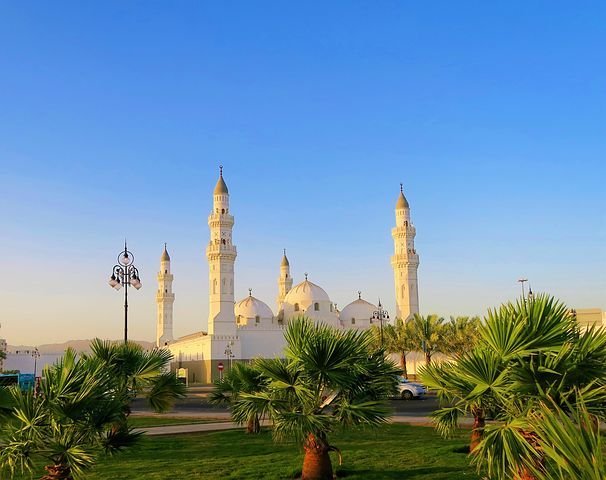
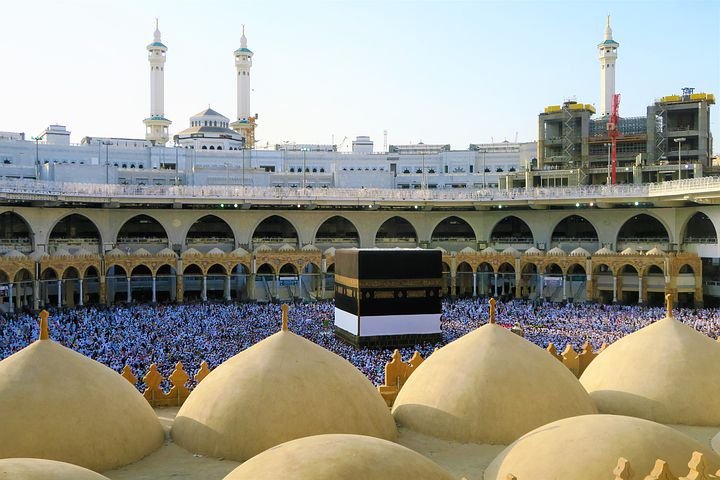
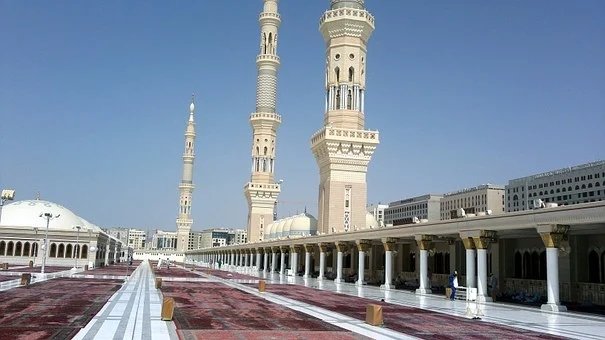

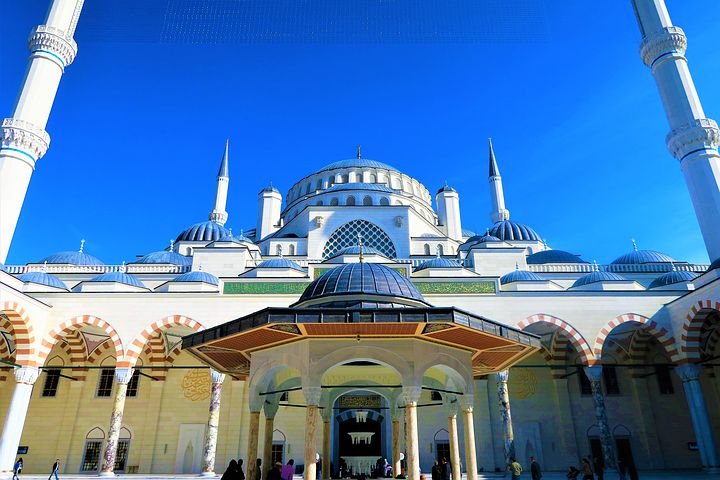
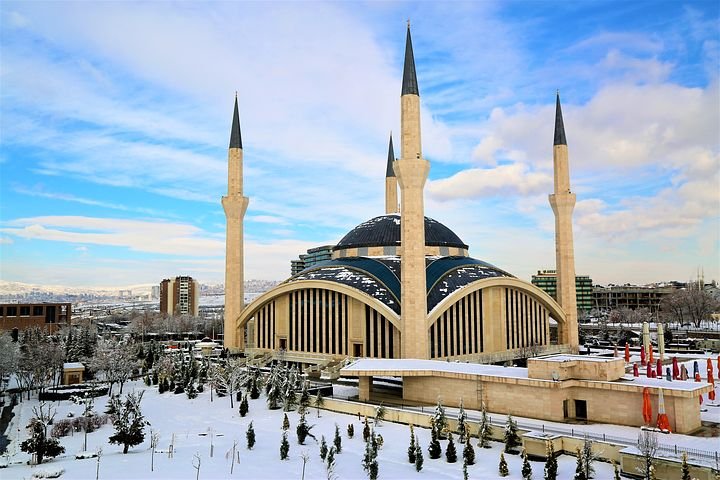
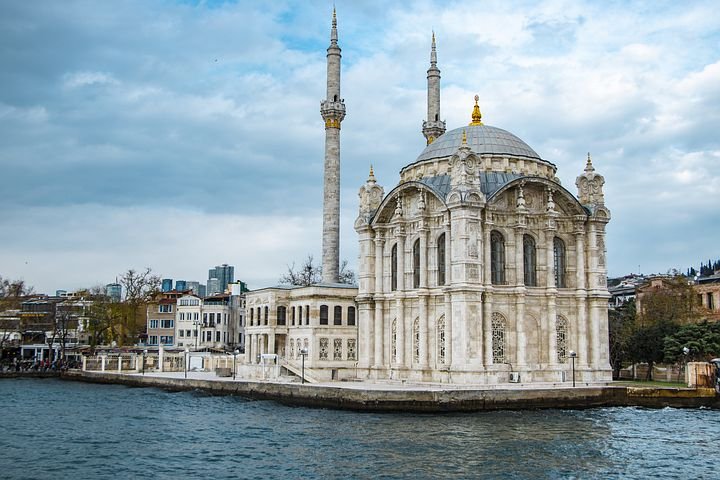
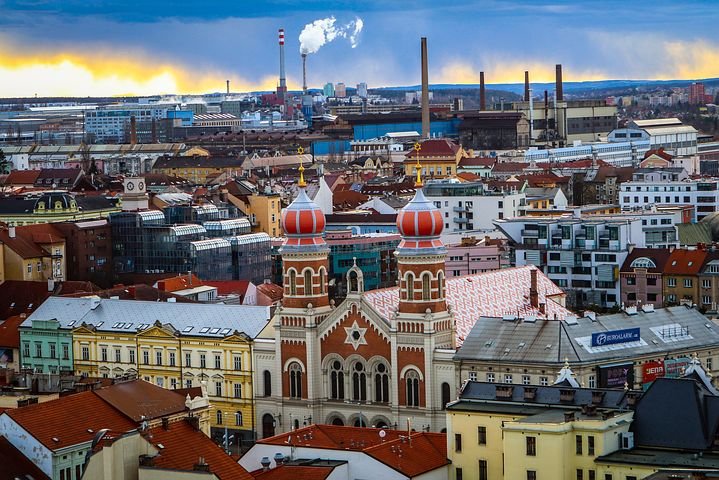
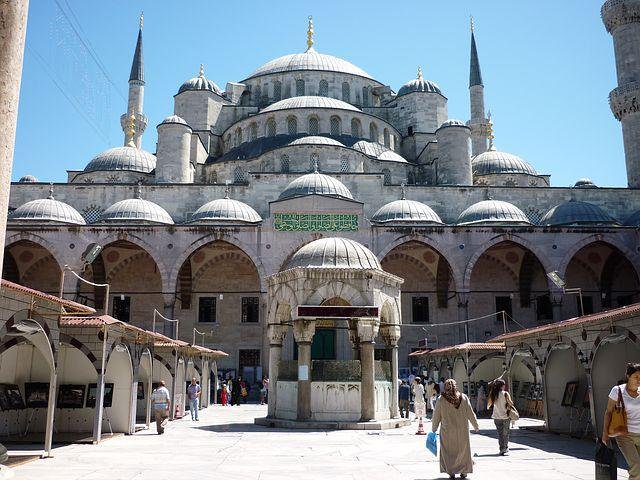
Yay! 🤗
Your content has been boosted with Ecency Points, by @azamrai.
Use Ecency daily to boost your growth on platform!
Support Ecency
Vote for new Proposal
Delegate HP and earn more